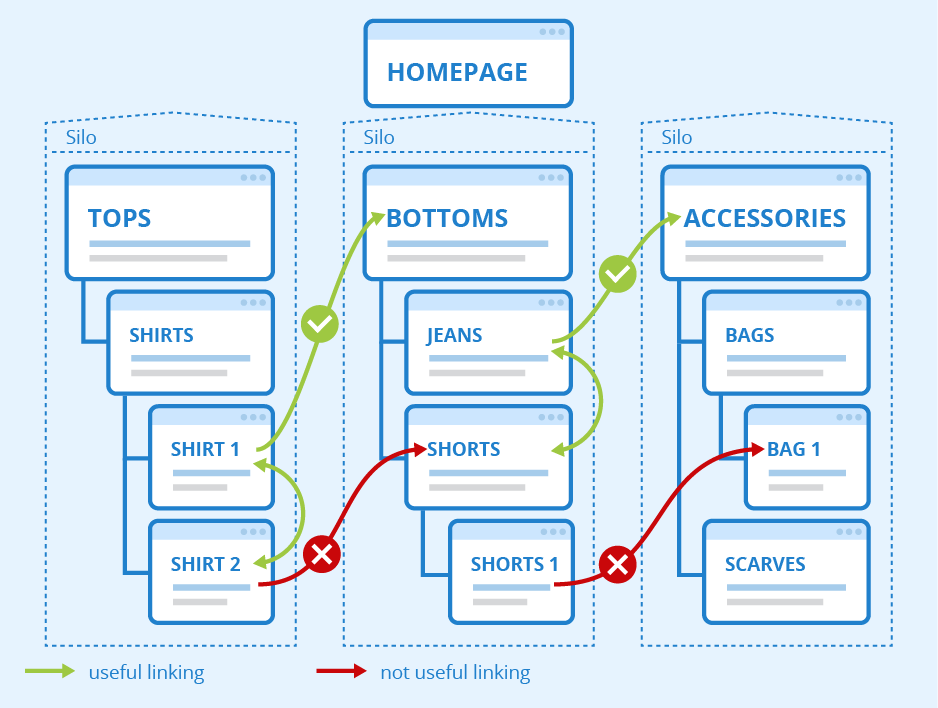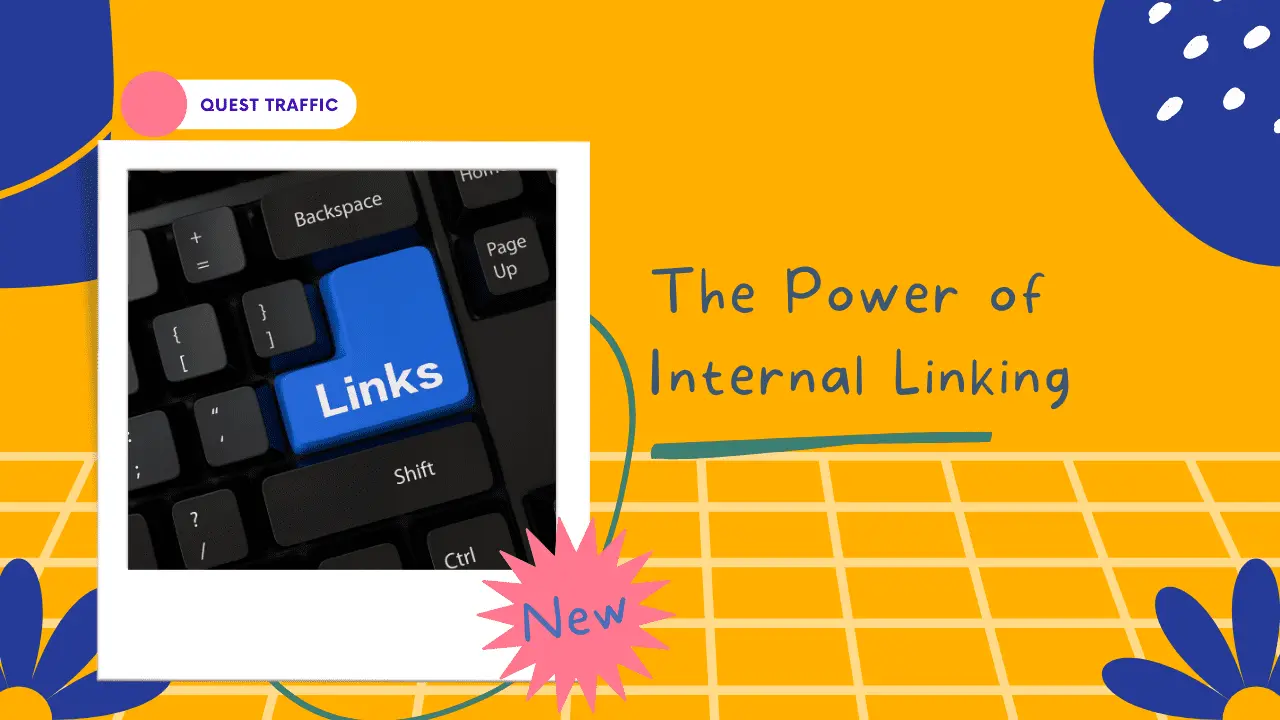Internal linking enhances the crawlability of a website by helping search engines discover and index new pages. By linking to other pages within the same website, search engines can easily crawl and understand the structure of the site. Additionally, internal linking boosts the authority of web pages, helping them rank better in SERPs.

Reasons Why Internal Linking is Required to Boost Up Website
Increase Site Authority with Links
Internal linking is a powerful tool that can greatly benefit your website’s SEO efforts. One of the main advantages of internal linking is the ability to increase your site’s authority with links. By linking to high-quality, relevant content within your own website, you signal to search engines that your site is a credible source of information.
This, in turn, can improve your search engine rankings and drive more traffic to your site. However, it’s important to note that not all internal links are created equal. To maximize the SEO benefits of internal linking, it’s essential to strategically link to pages that are relevant to the content on your page and have high authority themselves. By doing so, you can establish a strong internal linking structure that reinforces the credibility and authority of your site.
Relevant Anchor Text is Important
One important aspect of internal linking is using relevant anchor text. Anchor text is the clickable text that appears as a hyperlink on a web page. It is important to use anchor text that accurately reflects the content of the linked page. This helps search engines understand the context of the linked page and can improve the page’s visibility in search results.
Additionally, using descriptive and relevant anchor text can also improve the user experience by providing clear and concise information about where the link will take them. When creating internal links, it is important to use anchor text that accurately represents the linked page and provides value to both search engines and users.
Link to Related Content Internally
Internal linking is a crucial component of any successful website’s SEO strategy. One of the most effective ways to optimize your website’s SEO is by linking to related content internally. Internal linking refers to the practice of linking to other pages within your own website. By doing so, you can increase the time users spend on your website, improve the user experience, and help search engines understand the structure and hierarchy of your website’s content.
When you link to related content internally, it signals to search engines that your website is a valuable resource for users and can help improve your website’s search engine rankings. Therefore, it is essential to incorporate internal linking into your website’s overall SEO strategy.
Organize Links with Site Structure
Organizing links with site structure is a crucial aspect of internal linking for boosting your website’s SEO. By grouping related pages together and creating a hierarchical structure, you can help search engine crawlers understand the importance and relevance of each page on your site. This makes it easier for search engines to navigate and index your site, allowing for better visibility in search results.
Additionally, a well-organized site structure can also improve user experience by making it easier for visitors to find what they’re looking for. To ensure effective site structure, consider using a clear and intuitive navigation menu, including breadcrumbs, and creating a URL structure that reflects the hierarchy of your site’s pages. Properly organizing your site’s links can have a significant impact on your website’s SEO and overall success.
Consistency is Key to Success
One of the most important factors for success in any endeavor is consistency. This is especially true when it comes to optimizing your website for search engines through internal linking. In fact, consistency is one of the key elements that can make or break your SEO efforts. Consistently linking to relevant pages within your website signals to search engines that your website is a valuable resource for users.
This can lead to increased visibility, higher rankings, and ultimately, more traffic to your website. Therefore, it’s important to make internal linking a regular part of your website’s content creation process and to ensure that your links are relevant and useful to your audience. By consistently implementing effective internal linking strategies, you can give your website a powerful boost in SEO and drive more traffic to your site.
Conclusion
In conclusion, internal linking is a powerful tool to boost your website’s SEO and improve user experience. By using internal links strategically, you can guide visitors through your website, expose them to more content, and increase the time they spend on your site. Additionally, internal linking helps search engines understand the structure and hierarchy of your website, which can improve your search rankings.
As you create new content, be sure to include internal links to relevant pages and update existing content with new links as appropriate. By implementing an effective internal linking strategy, you can enhance both your website’s SEO and user engagement.

